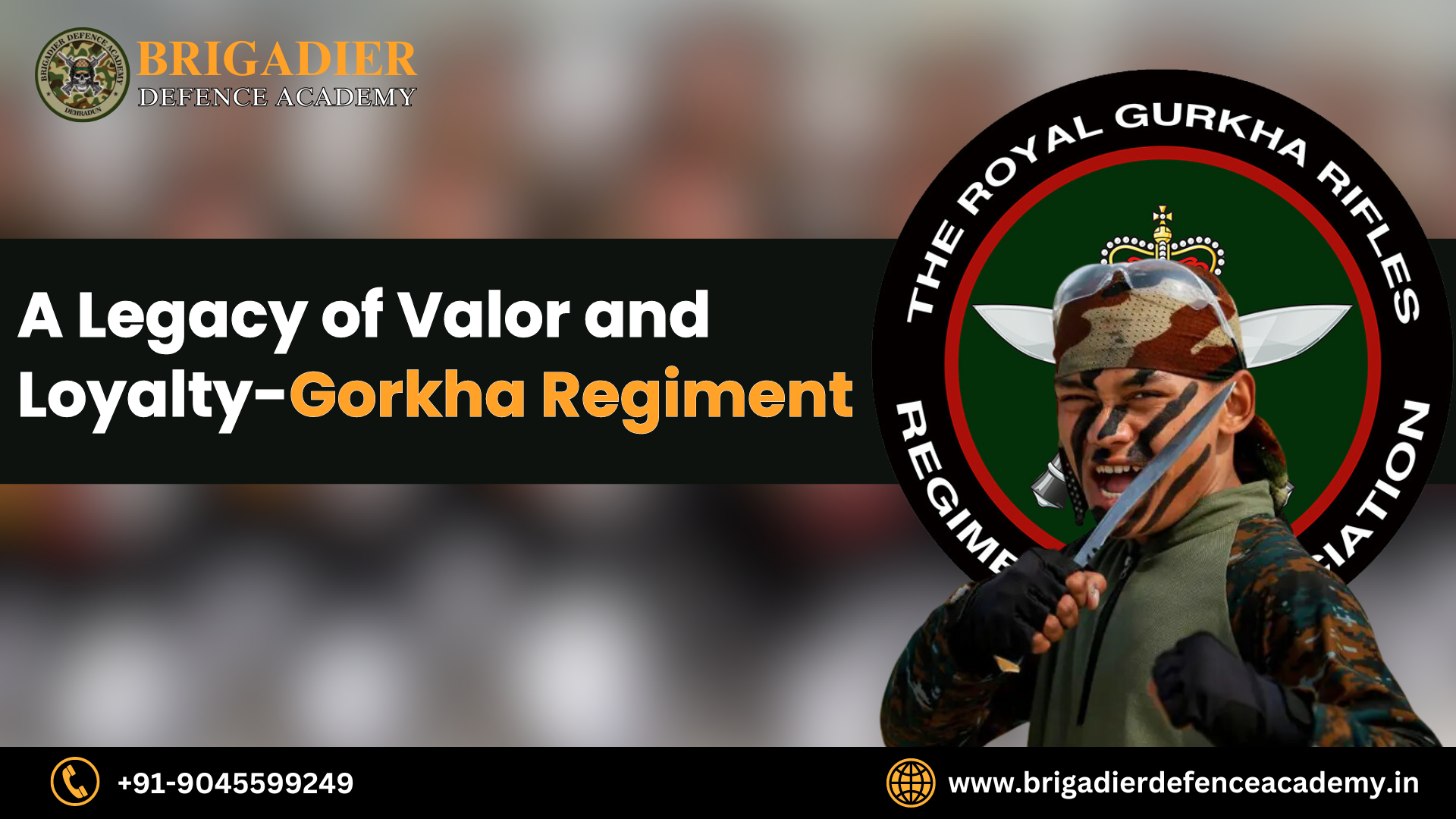The Gorkha Regiment: A Legacy of Valor and Loyalty
The Gorkha Regiment, one of the most esteemed and distinguished regiments in the Indian Army, embodies a storied history of valor, loyalty, and exceptional military prowess. Composed of solhttps://dehradundefencecollege.com/diers primarily from the Gorkha community of Nepal, this regiment is renowned for its fearless combatants and their unique war cry, “Jai Mahakali, Ayo Gorkhali” (Hail Goddess Kali, The Gorkhas Are Coming).
Historical Roots of Gorkha Regiment
The origins of the Gorkha Regiment trace back to the Gorkha War (1814-1816) between the British East India Company and the Kingdom of Nepal. The war concluded with the Sugauli Treaty, under which Nepal ceded some of its territories to the British. Impressed by the tenacity and combat skills of the Gorkha soldiers, the British East India Company started recruiting them into their army in 1815. This marked the beginning of a military tradition that has spanned over two centuries.
Formation and Structure of Gorkha RegimentThe Gorkha Regiment consists of several battalions that originally belonged to the British Indian Army. Post-India’s independence in 1947, an agreement between Nepal, India, and Britain led to the division of these battalions between the British and Indian armies. The regiments that chose to serve India were reorganized into the Gorkha Brigade. Today, the Gorkha Regiment includes multiple distinguished battalions such as the 1st, 3rd, 4th, 5th, 8th, and 9th Gorkha Rifles.
Ethos and Traditions 0f Gorkha Regiment
The ethos of the Gorkha Regiment is characterized by its indomitable spirit, fierce loyalty, and a camaraderie that transcends borders. The regiment’s motto, “Kafar Hunnu Bhanda Marnu Ramro” (It is better to die than live like a coward), captures the essence of their bravery. The traditional Khukuri knife, a curved Nepalese weapon, is not only part of their combat kit but also a symbol of their heritage and valor. Gorkha soldiers are known for their resilience and ability to operate in challenging terrains, making them an integral part of India’s defense strategy, particularly in mountain warfare. Their training regimen is rigorous, with a strong emphasis on physical fitness, endurance, and adaptability to high-altitude conditions.
Gallantry and Service
The battle honors and gallantry awards won by the Gorkha Regiment speak volumes about their bravery and service. They have been pivotal in numerous wars and conflicts, including the Indo-Pak wars of 1947, 1965, and 1971, and the Indo-China War of 1962. Their role in the Kargil War of 1999 further solidified their reputation, as they fought valiantly in the rugged terrains of Kashmir. Members of the regiment have received numerous accolades, including Param Vir Chakras, India’s highest military decoration. One of the most notable recipients was Rifleman Bhanbhagta Gurung, who was awarded the Victoria Cross, the highest and most prestigious award of the British honours system, for his actions during World War II.
Modern-Day Relevance
Today, the Gorkha Regiment continues to be a crucial part of the Indian Army. Its soldiers serve in various capacities, from peacekeeping missions to counter-insurgency operations. The regiment maintains its distinct identity and continues to recruit young men from Nepal, preserving the centuries-old tradition of Gorkha service in the Indian military. The unique relationship between India and Nepal is exemplified through the ongoing recruitment and collaboration in defense training and operations.
The Gorkha Regiment’s storied legacy is not just a testament to their historical significance but also a living narrative of their ongoing commitment to duty, honor, and country. The regiment’s continued excellence in the Indian Army highlights the enduring spirit of the Gorkha warriors. It stands as a bridge between the past and present, carrying forward a legacy of bravery and brotherhood that is unparalleled in military history. The Gorkha Regiment remains one of the most respected and formidable units in the Indian Army.







